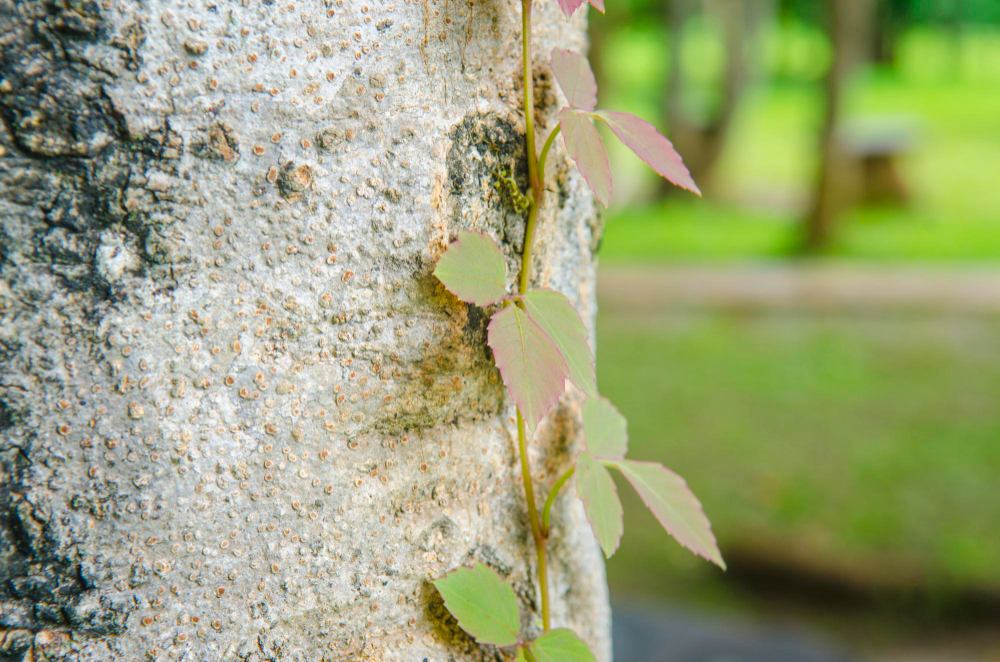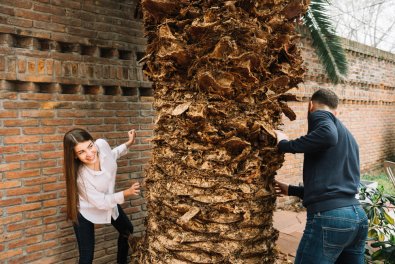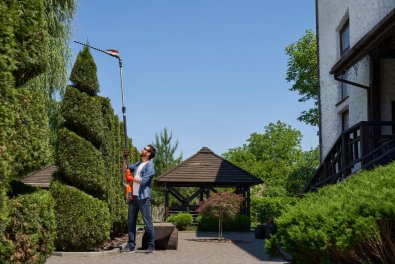Common Parasitic Plants on Trees
Trees are essential for your landscape and the environment, providing oxygen, shade, and aesthetic appeal to your surroundings. However, they are susceptible to damage, especially from parasitic plants. Parasitic plants attach themselves to trees, draining their nutrients and weakening their health. If you suspect a problem with your trees, the Sesmas Tree Service can inspect and address the issue. Our arborists leverage extensive expertise and knowledge to ensure durable and healthy trees. Here are the common parasitic plants you should remove from trees and why it’s essential.
Dodder
Dodder, also called “love vine” or “strangle weed,” is a notorious parasitic plant that can wreak havoc on trees. Because the plant doesn’t have chlorophyll, it cannot photosynthesize food. Dodder plants attach themselves to host trees to steal nutrients. If you notice a tangled orange-yellow mass, call a tree care company quickly before it smothers and weakens your tree. As it spreads, it affects growth and foliage production, risking severe damage and tree removal emergencies. We can eliminate dodder from your yard quickly to prevent health deterioration.
Oak Mistletoe
Oak mistletoe is another common parasitic plant that affects oak trees. It attaches itself to branches and draws water and nutrients from the host. While mistletoe is often associated with holiday traditions like Christmas, if you notice it on oak trees, schedule an inspection with certified tree service experts. Oak mistletoe weakens the branches, making the host tree susceptible to premature limb breakage and infection. In addition, oak mistletoe affects the overall vitality, causing stunted growth, dieback, and tree removal in severe cases.
Dwarf Mistletoe
Dwarf mistletoe is a parasitic plant that targets coniferous trees, such as pines and firs. Check the branches and stems for swollen growths or “witches’ brooms.” If you notice these signs on your trees, it might be time to consult a tree service professional for help. Dwarf mistletoe may not raise concerns initially, but delaying maintenance weakens the host tree and poses a severe fire hazard because of the accumulation of dead branches. In addition, the spread of this parasitic plant can negatively affect your entire landscape.
Broomrape
Broomrape is a common parasitic plant that targets herbaceous plants and, sometimes, various tree and shrub species. Broomrape attaches itself to the host plant’s roots, drawing nutrients and water directly. While it may not be as commonly associated with trees as other parasitic plants, it can still pose a threat, especially if saplings grow in your yard. Broomrape can cause stunted growth, reduced vitality, and even death. A professional tree care company can remove broom wraps from trees, preventing long-term damage.
Parasitic plants pose a significant threat to the health and vitality of your trees. These parasites can weaken, compromise growth, and kill the host trees. Contact us at the Sesmas Tree Service for the timely removal of parasitic plants. Our certified arborists leverage innovative and proven strategies to identify and address parasitic plant infestations, safeguarding the well-being of our cherished trees. We work with you to preserve the beauty of your trees and ensure their continued contribution to our environment.







.jpg)





